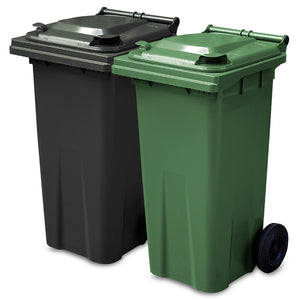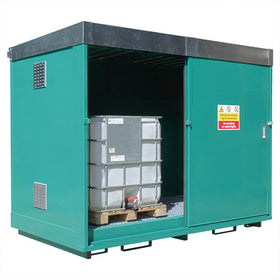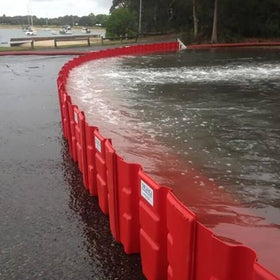Disinfectant matting systems
There are many instances in which a person needs to make sure the soles of their feet are disinfected before entering a different part of a factory or quarantined area.
Disinfectant mats work by holding a certain amount of disinfectant in the mat and administering this to the soles of a person’s feet who walks across the mat. There is no need to sink the mat into the floor either. The mat simply sits on the ground surface and can be walked across when foot disinfectant is necessary.
One of the most widely used applications for disinfectant mats in food manufacturing plants where high levels of hygiene are a prerequisite. They can also be used at animal markets and auctions to stop the spread of disease.
Disinfectant mats are available in range of different sizes that can hold different volumes of disinfectant liquid. They are easy to clean and can be reused a number of times.
Large 1m x 2.5m mats can hold around 50 litres of fluid and can be held to the ground by pegs or rope, making them an excellent choice for use at agricultural events or open days.




